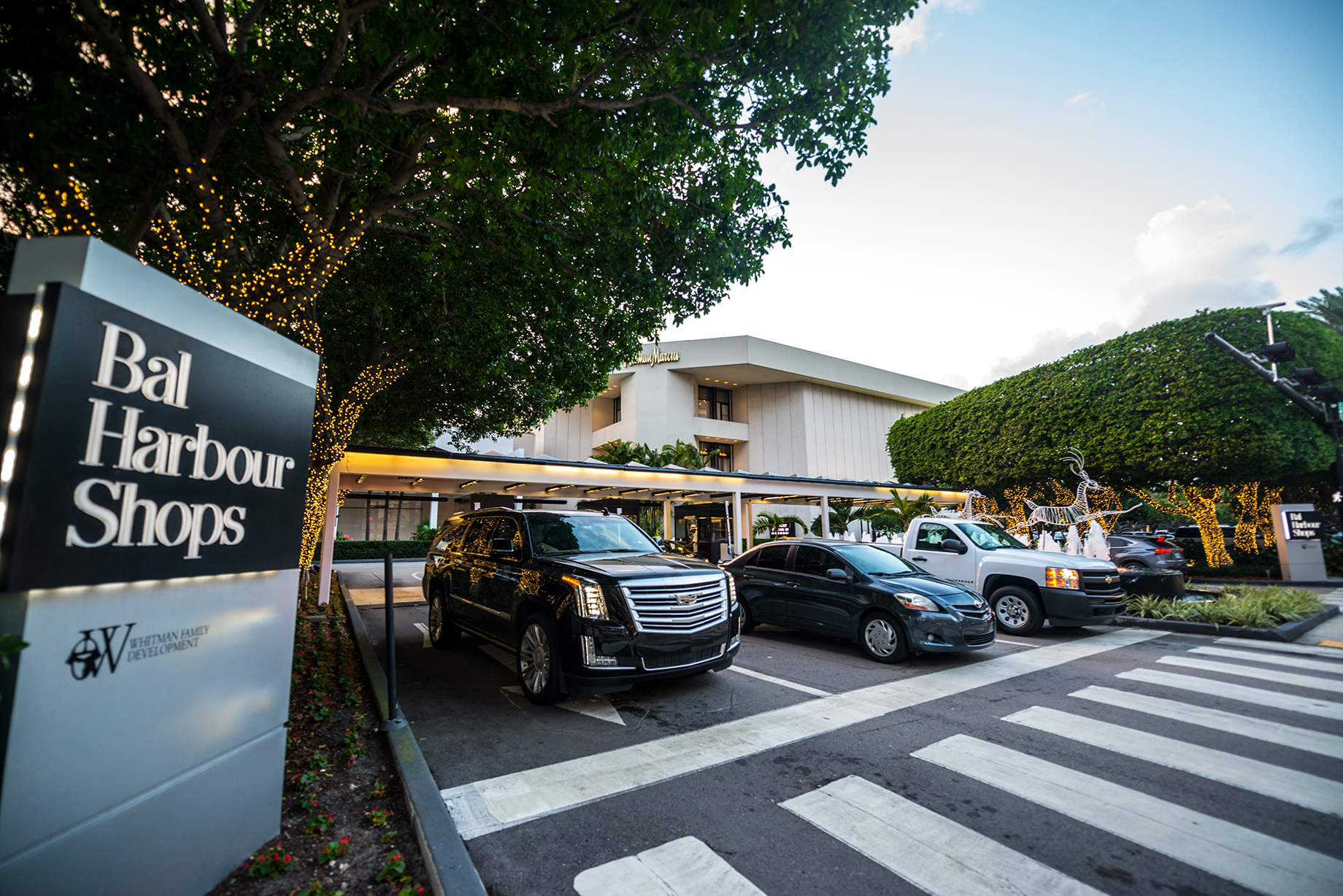Stanley F. Whitman, the visionary who in 1965 stubbornly defied conventions of the U.S. mall industry to open what would become one of the most lucrative projects in retail history — the ultra-exclusive Bal Harbour Shops, in Miami Beach, Fla. — died May 24, at his Miami Shores home. He was 98.

Known for zealously guarding the shopping experience at the first and only mall he ever built, Whitman walked the grounds of Bal Harbour nearly every day into his 90s. “If there’s a leaf out of place, he’s onto it,” an observer once quipped. And by all accounts, the developer’s obsession with quality did yield handsome dividends at Bal Harbour. With its open-air design, towering palm trees and riotous beds of tropical plants and flowers, the 500,000-square-foot mall earned an international reputation as one of the classiest shopping spots around — an impressive roster of chic boutiques and restaurants tucked into a gardenlike setting, doors always open to let in the cool ocean breeze.
Bal Harbour, the first mall location for Bulgari, Cartier and Gucci, was also the first venture outside of New York City for the likes of Dolce & Gabbana, Louis Vuitton, Prada and Sergio Rossi. Its sales per square foot had reached a hefty $2,555 by 2012, about seven times the national average.
In the early 1960s, Whitman was confident that Bal Harbour would translate into just such a goldmine. But more than one shop owner threw him out as he walked up and down New York City’s Fifth Avenue trying to persuade coveted Manhattan retailers to buy into his vision of a high-fashion mall in wealthy Miami Beach. Luxury retail in a shopping center was unheard of at the time, the developer told SCT in 2009. “Nobody else had these high-end stores,” Whitman said. “What I established is that, in certain locations, high-end merchants can do very well in shopping centers. I contributed that to the industry — the others had never danced with that girl.”
Whitman’s concept drew its share of doubters. At the outset, Bal Harbour had no anchors, for example. The developer had implored Stanley Marcus, Neiman’s legendary founder, to join the project, but both Neiman Marcus and Saks Fifth Avenue initially passed on Bal Harbour. Neiman finally came on board in 1971, and Saks followed in 1976. Bal Harbour’s rents were $5 per square foot at a time when the national average was $1.53. Critics wondered how the center could survive with an all-upscale mix that lacked the usual mass-market and service tenants.
“When my merchants saw those trees — I’m not kidding — they came in here at night and tried to cut them down”
The doubts grew even stronger after Whitman fired his first architect, renowned mall designer Victor Gruen, and tore up plans to make Bal Harbour an enclosed, air-conditioned box, opting instead for an open-air design with lush landscaping that included fully mature trees. “When my merchants saw those trees — I’m not kidding — they came in here at night and tried to cut them down,” Whitman told SCT. But that was nothing compared to the backlash that followed his announcement that Bal Harbour would charge for use of its parking lot. “Customers tried to run over our cashiers,” Whitman recalled. “They cursed them, spit at them. They assured them they’d never come back.” But come back they did — Whitman’s hunch that demand was strong enough to support a parking fee had been correct all along. “It was sheer economics,” he said. “There is not now, nor has there ever been, free parking anywhere on Miami Beach.”
Since Bal Harbour’s 1965 opening, with such tenants as Abercrombie & Fitch, FAO Schwarz, Lilly Daché, Maus & Hoffman and a Martha Phillips boutique, the center has kept up with the evolving tastes of its well-heeled consumers through an ever-changing tenant lineup.
Whitman lived to see a long-held ambition realized when city officials last month approved a $400 million expansion of Bal Harbour Shops that will nearly double its size, bringing an additional 340,400 square feet to accommodate 40 additional stores and a third anchor, Barneys New York.
By Anna Robaton
Contributor, Commerce + Communities Today


